
Probe Thermometers For Vacuum Cooking
If you have decided to use your vacuum machine, to prepare delicious meals in a double boiler. The probe thermometers will help you reach the perfection of your cooking.
You can also use a vacuum cooker.

How To Choose Your Vacuum Cooking Thermometer?
Your vacuum bag ( see the article on the best compression bags ) is ready to be cooked. Meat and herbs are just waiting for the right temperature and the right cooking time to tantalize your taste buds. But how do I know if the water in my pan or casserole is at the right temperature (see summary table)? Nothing could be simpler with cooking thermometers.
What You Need To Know About Food Thermometers.
There are several models at all prices, but the principle is always the same so no need to go broke. You must choose one that displays the temperature precisely and which has an integrated timer, to avoid using another tool. Personally I use the Mastrad cooking thermometer (see the best price for the Mastrad probe thermometer). This model is a little expensive but has a large screen, it’s better when you have glasses like me. Above all, it is very precise, easy to use and has pre-recorded vacuum cooking programs. The thermometer alerts you when the chosen cooking is reached.
The Different Types Of Thermometers For Vacuum Cooking.
In the thermometer market, you will find three main categories: probe, graduation and infrared devices.

- The probe thermometers generally consist of two parts, a first containing all the electronics, the buttons, and the display screen. And the other, the probe which is most often a long metal peak. The Mastrad put forward, in addition to a useful characteristic, the body is connected to the probe in a wired way. This allows you to have your display well outside the preparation, which is more practical (for example no condensation on the screen, or humidity on the buttons, etc.). This model is very precise since it is able to take the temperature at heart and it is not modified by external nuisances.
- Graduation thermometers, you probably know them already. They will remind you of good or bad memories. Personally they are not terrible, I hated that my mother took the temperature with me ?. These are single element models, most often graduated from 0 to 80 degrees. They have also a known thermometer of confectionery or baking in the kitchen . Because they are more specific and generally used for desserts. There are some with handles to mix the preparations (for example chocolate, creams, jams, etc.), with supports to fix them to a saucepan or with an integrated fork for the barbecue.
- Infrared or laser-sighted thermometers have the distinction of taking the temperature without being in contact with food. Just aim for the preparation and read the result on the display. This may seem like the ideal, simplest and most practical method. However, it is certainly the least accurate. When the laser scans a dish, several factors are analyzed at the same time which can mislead the result ( temperature of the pan, vapors, heat of food).
The Temperature Scale.

Here is a very important parameter to take into account. The temperature scale can vary significantly from one product to another. This is the minimum and maximum degree that your thermometer can record . Depending on your use, be sure to check this point on the item description before buying. There are devices capable of measuring negative temperatures or, conversely, supporting more than 300 degrees.
How To Use A Probe Thermometer?

Note that to make this purchase profitable, you can also use it in all your dishes (fish, meat, chocolates, eggs, etc.). Simply plant the tip of your probe thermometer in your preparation or in the water in your pan (see article Cooking food under vacuum).
Place the timer on your work surface or your oven to consult the temperature and monitor the cooking time.
Please note that the probe tip should not touch the bottom of the pan. At the risk of breakage or of truncating the result (false temperature).
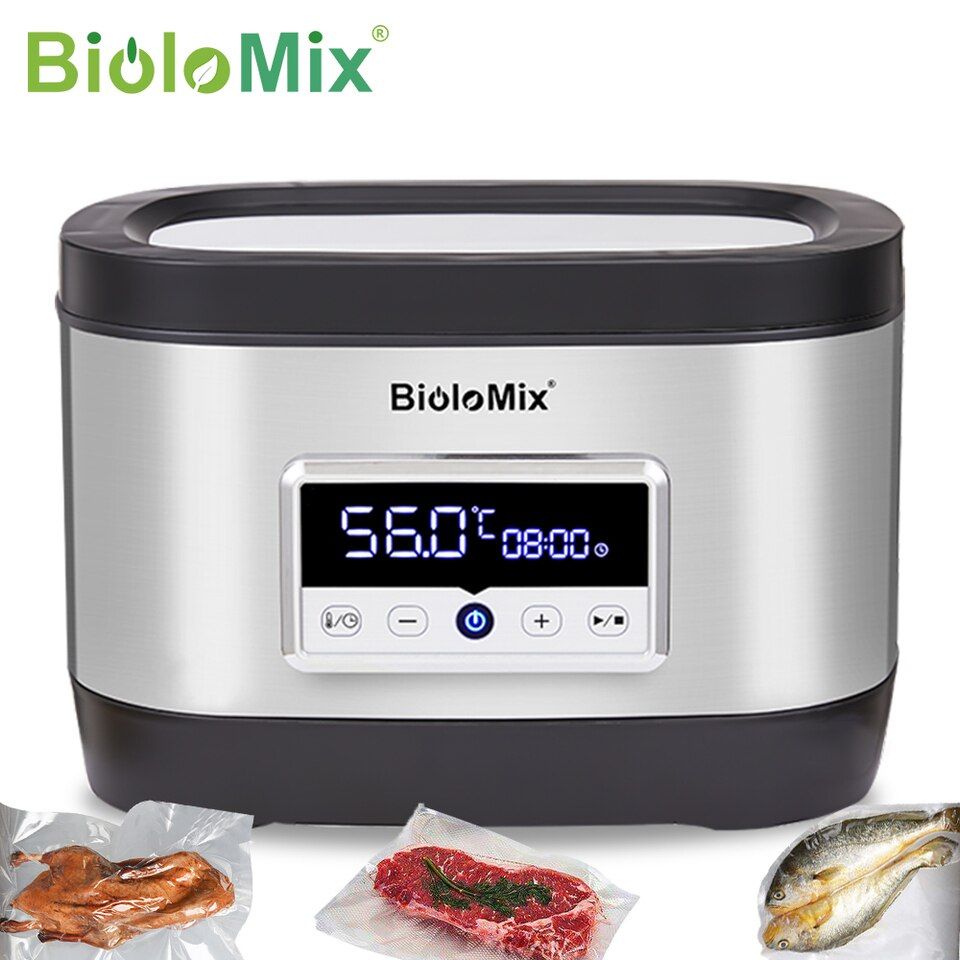

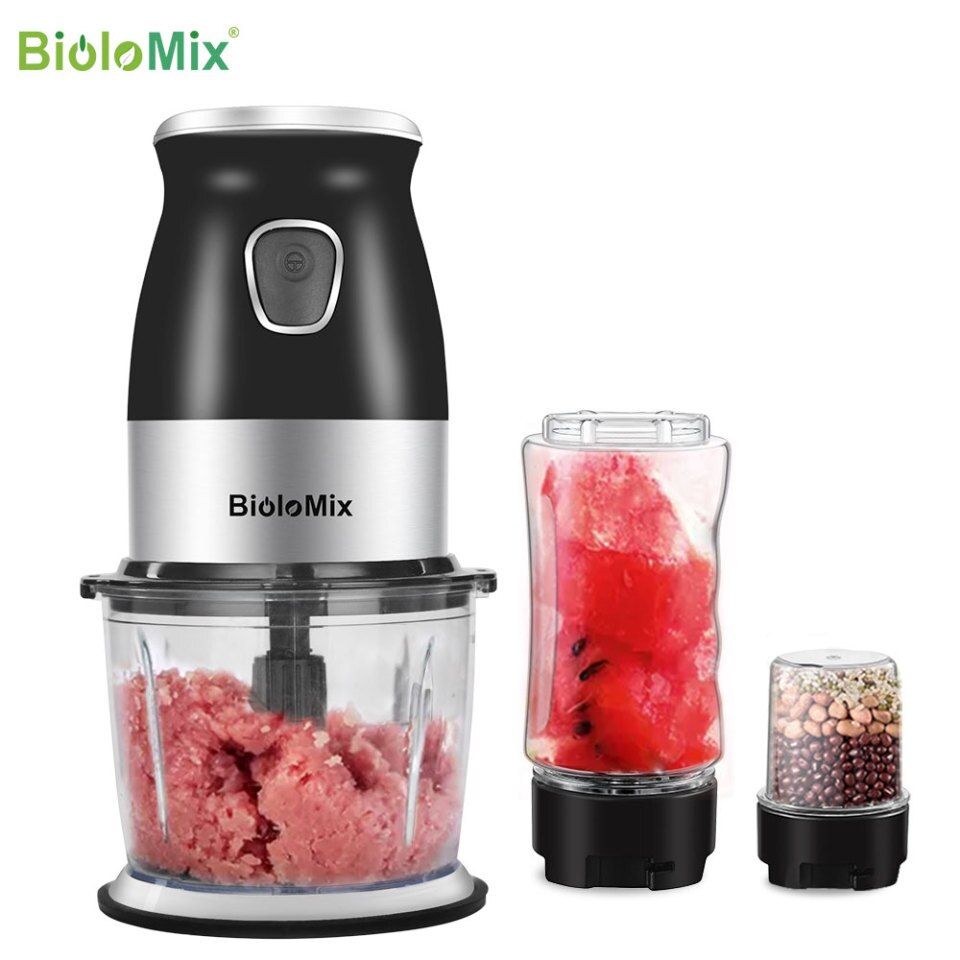
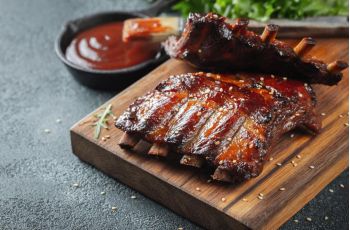

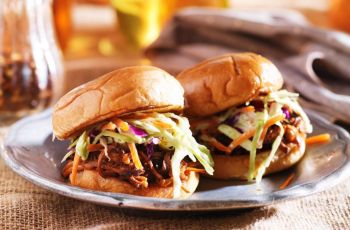
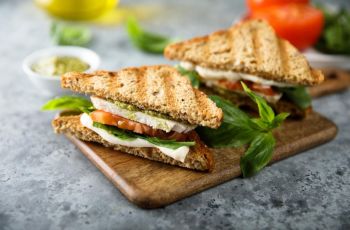
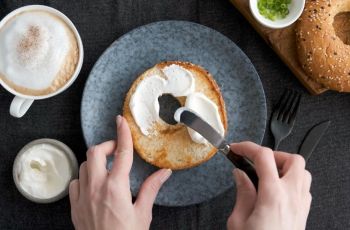

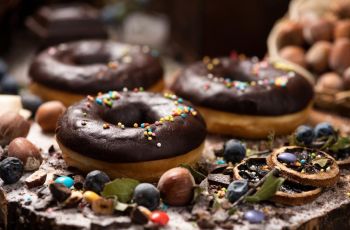

Leave a Reply